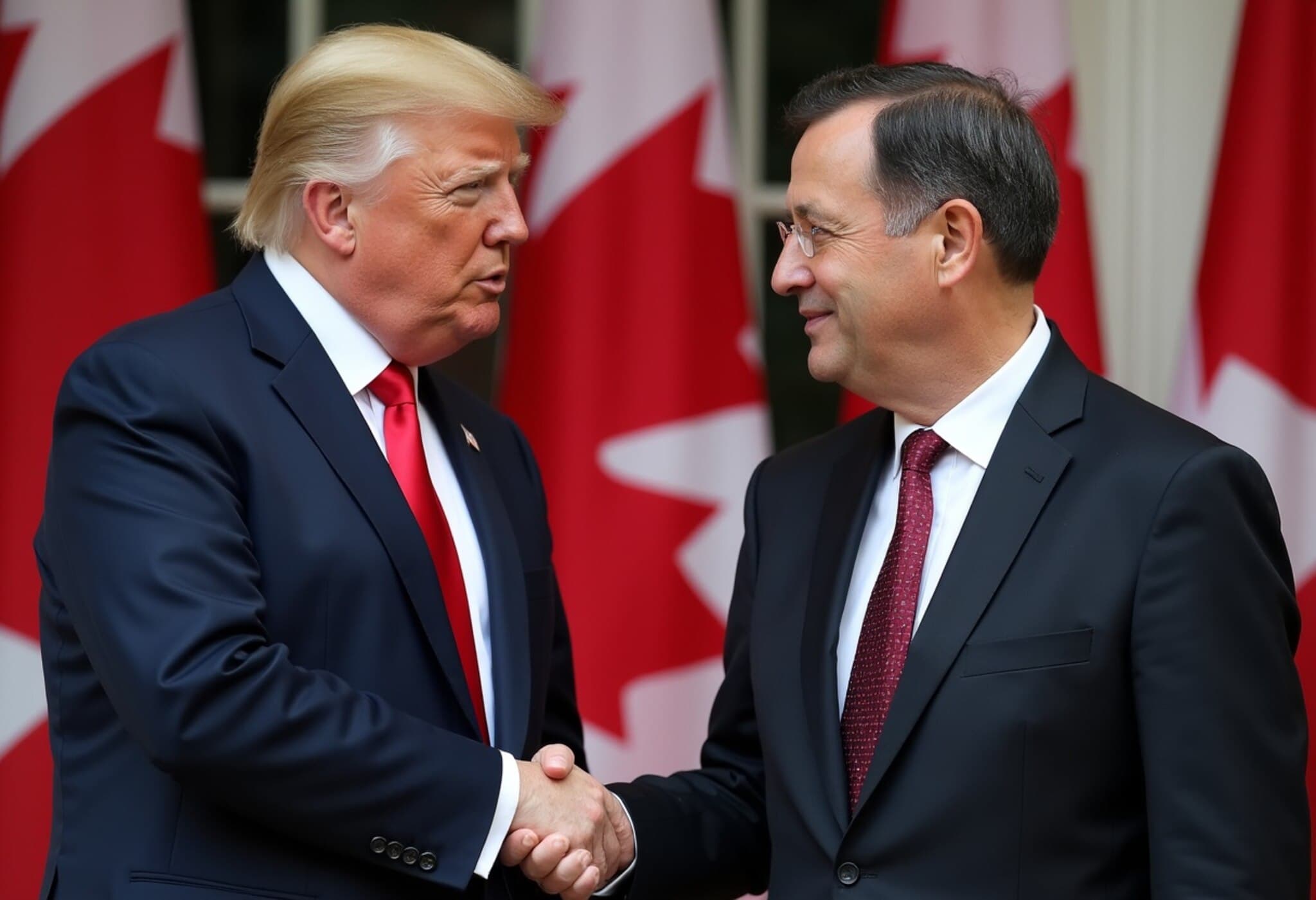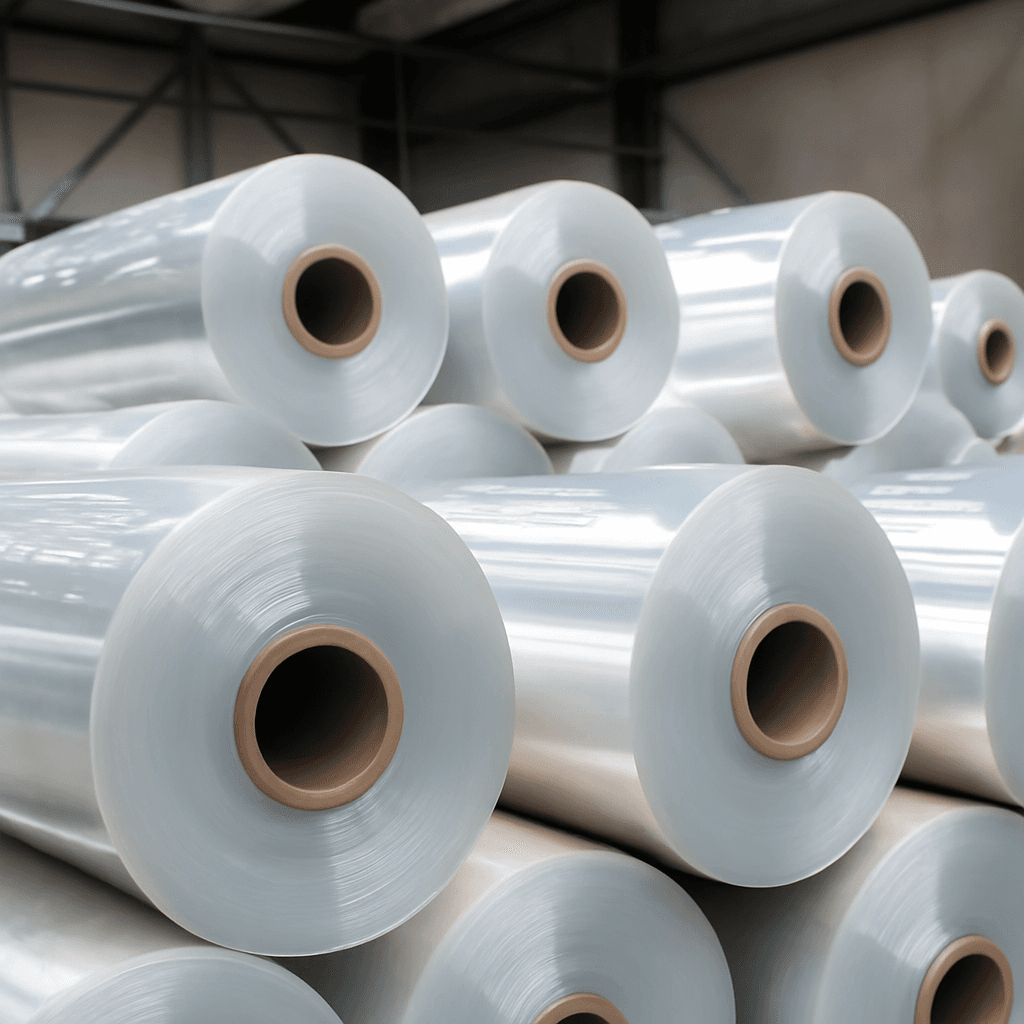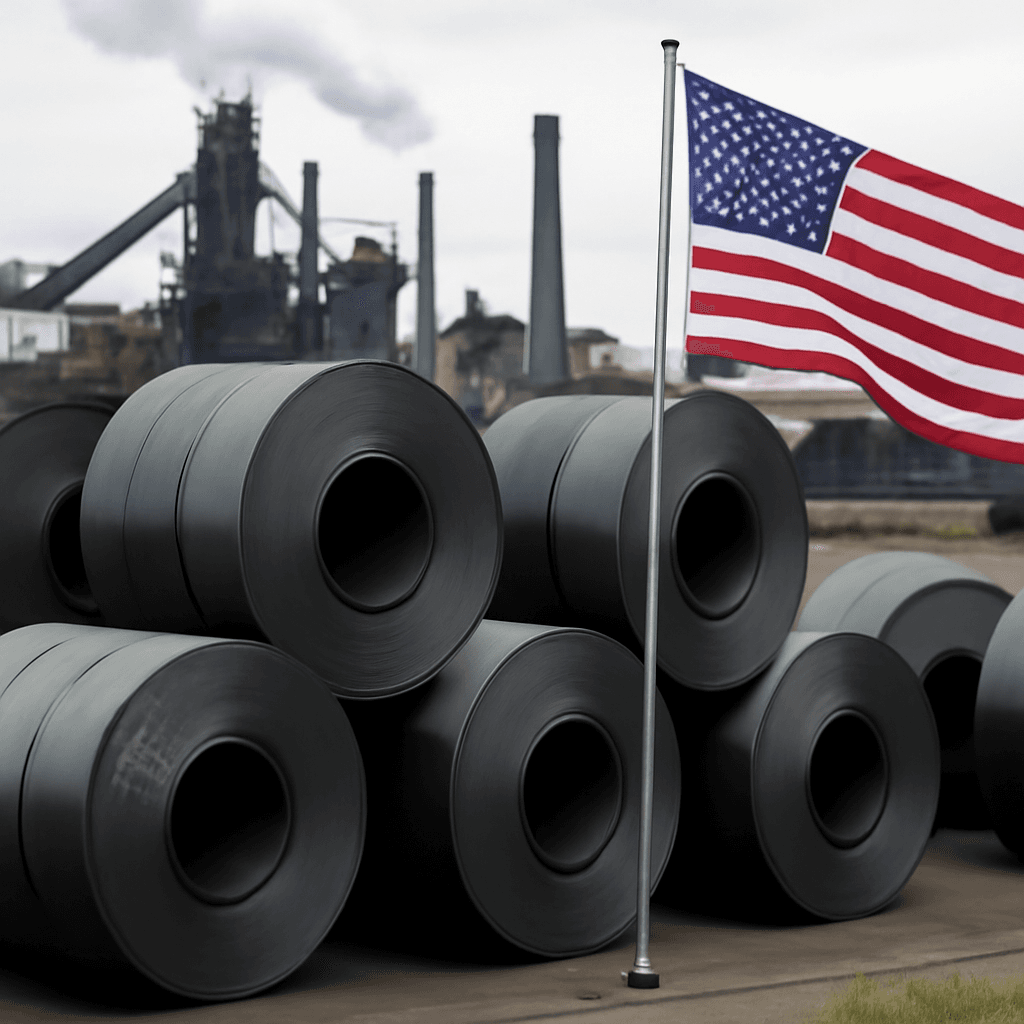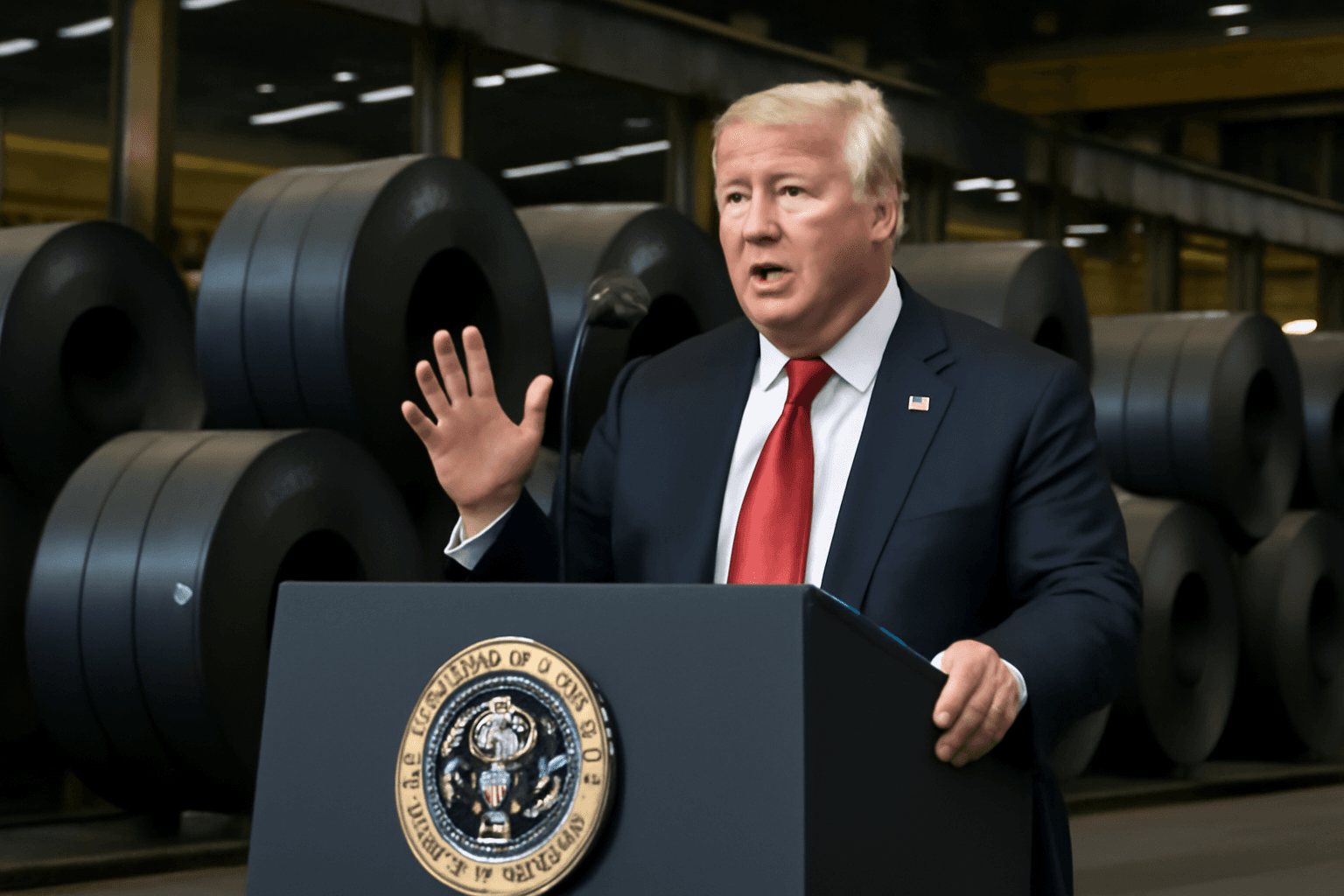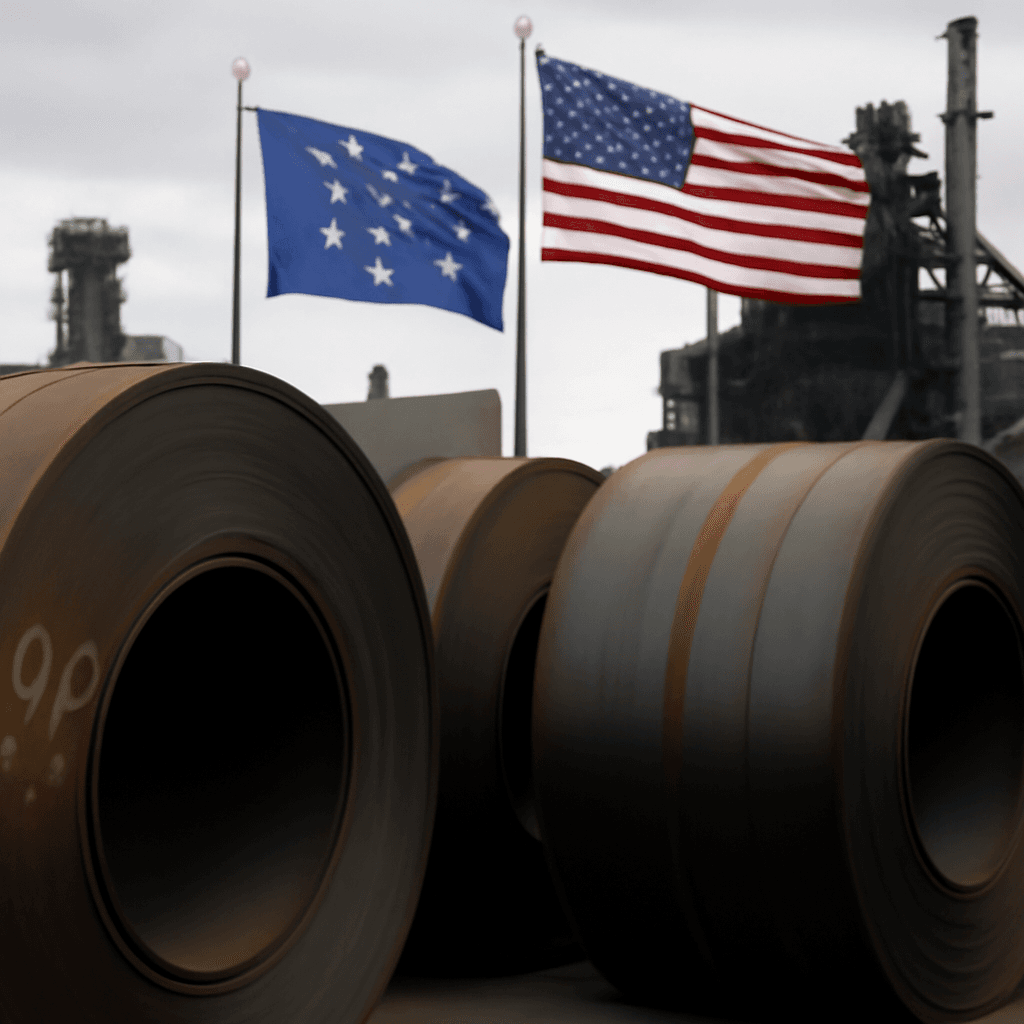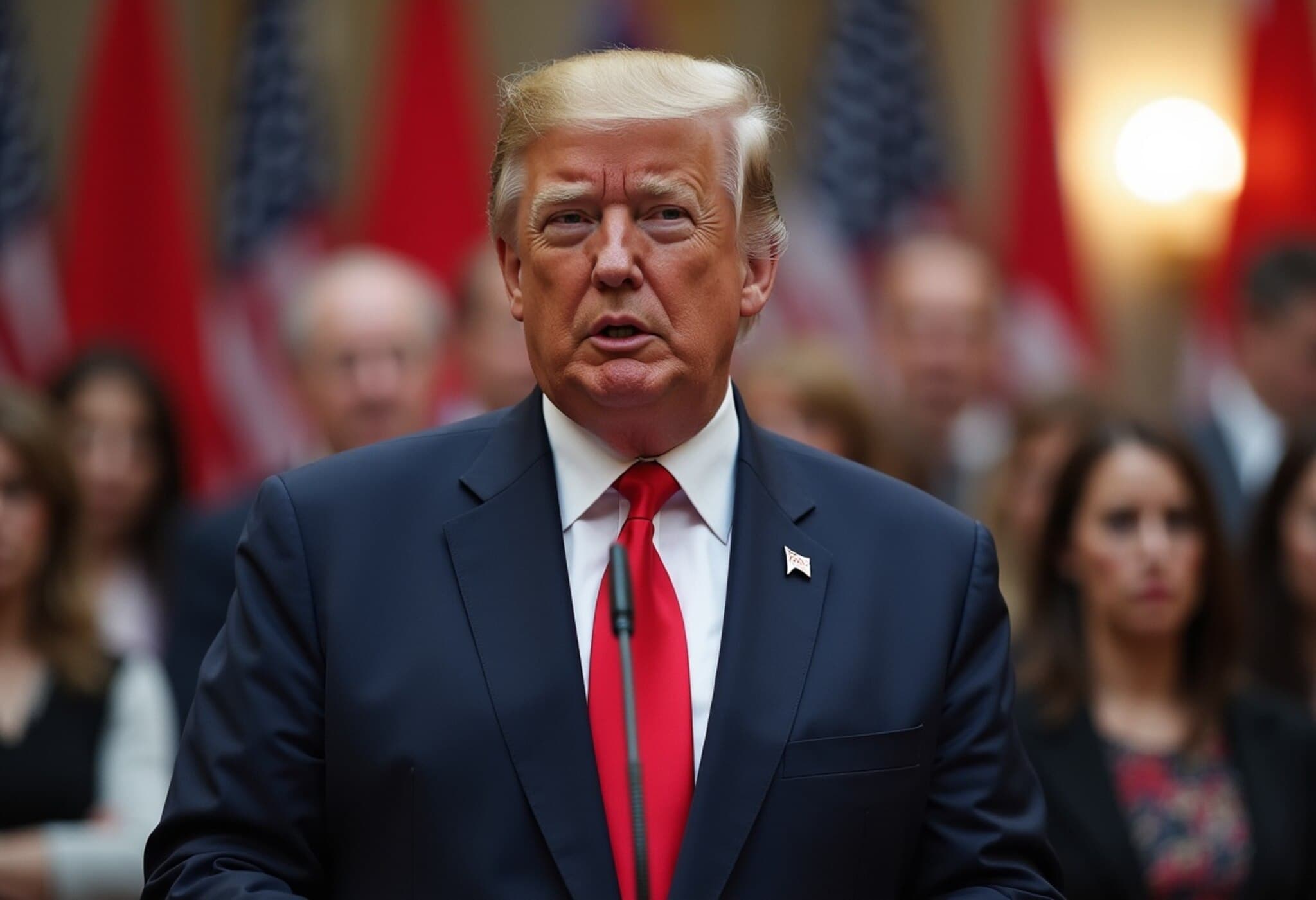Introduction: US Tariff Hike Sparks Industry Alarm
Canada's steel sector is confronting potential 'catastrophic' job losses and extensive supply chain disruptions following a recent announcement by U.S. President Donald Trump. The U.S. government has increased tariffs on imported steel and aluminum from Canada to 50%, citing protection of domestic industries as the rationale.
Details of the Tariff Increase
Announced during a rally in Pennsylvania on May 30, 2025, the significant tariff hike is scheduled to take effect shortly thereafter. President Trump described the tariffs as a necessary 'fence' to shield American production. This measure closely follows efforts by Canadian Prime Minister Mark Carney, who had recently visited the White House aiming to mend strained economic ties between the two nations.
Economic Impact on Canada’s Steel Industry
Canada supplies nearly 25% of U.S. steel imports and roughly half of its aluminum imports, making it the largest foreign provider in these sectors. The Canadian Steel Producers Association estimates the steel industry at CAD 15 billion (approximately USD 11 billion), supporting 23,000 direct jobs and 100,000 indirect jobs.
Catherine Cobden, President of the association, emphasized the severity of the tariff increase, stating a 50% tariff is 'catastrophic' and could effectively shut Canadian steel manufacturers out of the U.S. market, inflicting irreparable harm to the industry and supply chains.
Canadian Government and Industry Response
Canada's International Trade Minister Dominic LeBlanc reaffirmed the government's commitment to defend Canadian workers and industries during ongoing economic and security negotiations with the U.S. Meanwhile, the Aluminium Association of Canada is awaiting formal legal confirmation before fully responding to the tariff changes.
In retaliation, Canada has imposed equivalent tariffs on U.S. steel, aluminum, and other goods valued at billions of Canadian dollars, intending to protect domestic interests. These countermeasures are part of a broader strategy that includes easing certain restrictions to balance economic interests.
Political Dynamics and Diplomatic Tensions
The tariff increase coincided with controversial remarks by President Trump suggesting Canada should pay $61 billion to participate in a proposed missile defense system or consider becoming the 51st U.S. state. Canadian leadership has firmly rejected these ideas, underlining Canada's sovereignty and independence.
Regional and Industry Leaders' Concerns
Trade and labor leaders across Canada have voiced strong concerns about the tariffs’ consequences. Marty Warren, National Director of the United Steelworkers in Canada, warned that thousands of jobs and entire communities dependent on steel and aluminum production are at risk.
Conversely, Goldy Hyder, President of the Business Council of Canada, advised caution, emphasizing the importance of focusing on renegotiating the USMCA trade agreement rather than reacting impulsively to fluctuating trade policies.
Future Strategies and Economic Diversification
A meeting of Canadian ministers and provincial leaders scheduled in Saskatoon aims to develop strategies for economic diversification and reducing dependency on U.S. trade. The goal is to mitigate the impact of tariff escalations and strengthen Canada's industrial resilience.
Conclusion
The sharp rise in U.S. steel and aluminum tariffs threatens to destabilize Canada's steel industry with profound economic and social consequences. While the Canadian government and industry stakeholders mobilize responses, the situation underscores ongoing tensions in North American trade relations and the critical need for diplomatic engagement to secure sustainable agreements.


